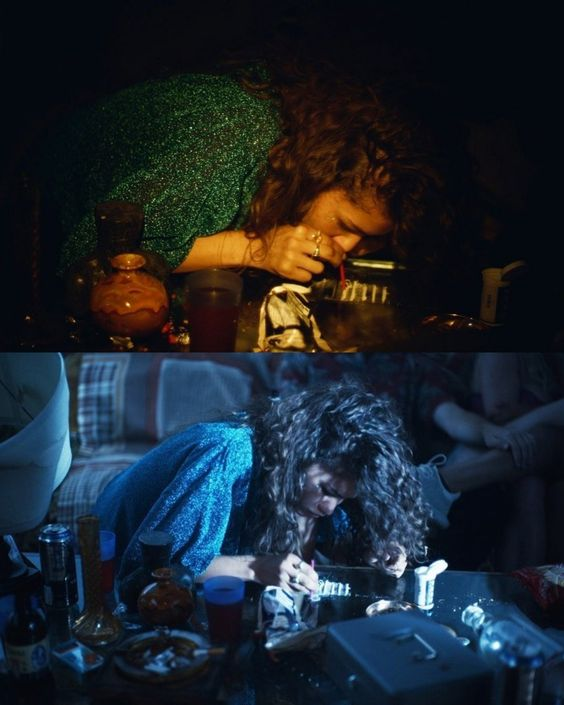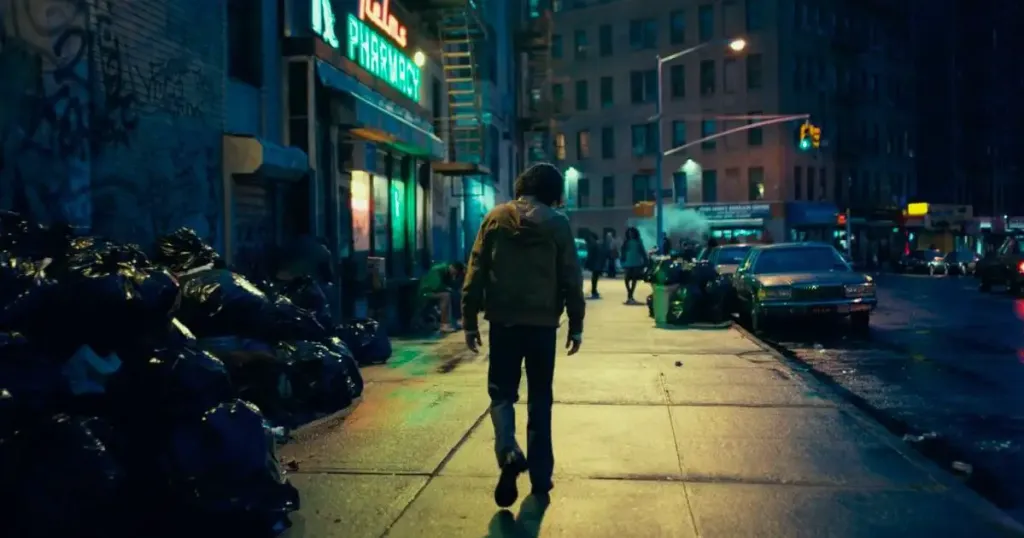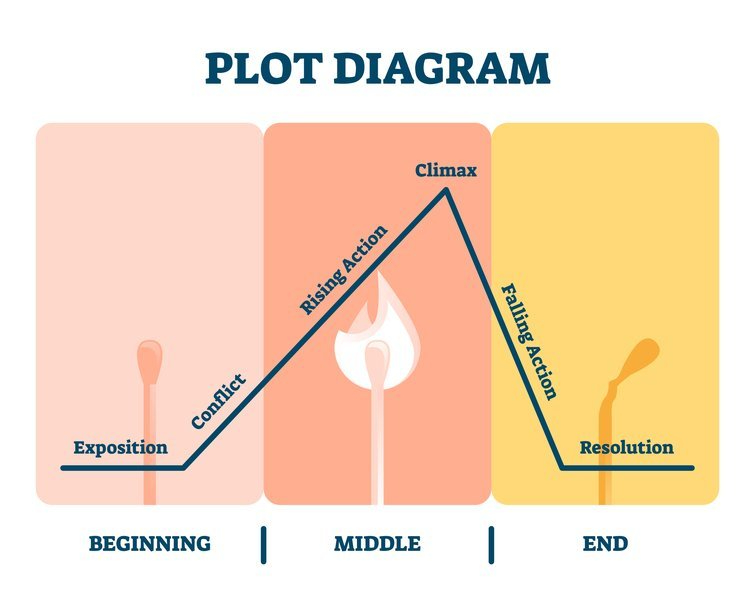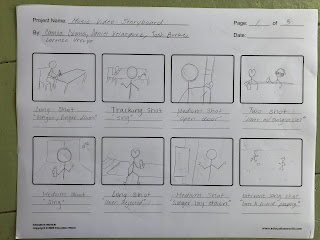The project aimed to give students a hands-on experience in music marketing by creating a mock-up band and promoting it.
BRAINSTORM, PLAN, & RESEARCH
The project involved being assigned a musical genre and selecting a song for our hypothetical band's debut release. To promote the band, research was done to understand music marketing. This was followed by the production of a music video, and then a presentation to showcase and promote the work. The objective was to sell the band and capture the public's attention. The research process involved analyzing different artists' discographies, their public image, and their online presence. We also aimed to understand the reasoning behind their actions and strategies by their companies, which we could apply to our own band and marketing efforts. When given the genre of pop, a few songs were available to choose from, and as a group, we chose the song "We Are Young" by fun., featuring Janelle Monáe. By dividing tasks among group members and scheduling them for specific due dates, the group was able to complete the project efficiently and avoid last-minute rush work.
As a group, we set out to research the foundations of marketing. This was crucial for helping us understand the many genres of music videos and their purposes. For instance, there are music video productions that are promotional, narrative, artistic, and mixed. Two team members concentrated on research while the others worked on making the music video after splitting the jobs. To keep track of what we already knew and what still remained to be done, a word document was made, with sections for completed work and areas that needed to be completed as the project moved forward.
In the case study, we examined Big Hit Music and Republic Records, two prosperous music labels. Our goal was to understand how they promote their artists and nature. This highlights the significance of having accurate information and being able to effectively utilize it to successfully market our band to "investors," our class.
Case Studies
After the research, the group focused on video making. We all took the time to carefully listen to "We Are Young" and consider its lyrics before coming to our own conclusions on it. Through brainstorming meetings, we exchanged thoughts and ideas with one another, enhancing the creative process of creating our music video. We began by writing down our ideas for how we would visualize our version of the music. "Reminisce" and "Forget each other" came to be the two key phrases that best described our objective. I then created the first copy of the storyboard to serve as our blueprint, outlining the specifics of how the movie would be edited and what would occur in each time frame. Later, a genuine storyboard was produced with drown-out scenes and the camera techniques that would be used. Then we set the day and time for the filming. We recorded the scene from many angles and in multiple takes for safety.
Even after all the build-up, a name for our band was still not set. Boggling our minds, words, and phrases were thrown around. One did indeed stand out; it was "Spinning Monkeys." We believed it was a perfect, kind of symbolic representation of what our band was meant to stand for. Due to it targeting a teenage audience, the spirit of the name lifts the cheery and rebellious parts of our youth.
First Copy (1/2 page)
Storyboard (1/3 page)
PRODUCTION
After gathering our ideas and formulating a schedule, filming was ready to commence. This element of the project made sense to start with because our expertise in video methods was still developing. This allowed us to make any required modifications and enhance the film and its message. An extra, a friend outside of the project, participated to be involved in the film. One of our members stuck to filming, and another volunteered to be the main character. The remaining member and I made short appearances.
The videographer and I worked for hand in hand, both exposing our best skills. He knew how to work a camera, and I worked on applying artistry to make it pleasing to the eye. Multiple scenes were shot, each one set differently. I suggested this to expand our options in the set of videos for when we edited. Mostly so if one scene did not fit, it was most likely the other would. Dim and high lighting was used, as well as different color filters. Mise-en-scene played a very important role in really sending our message across to the audience, especially since "We Are Young" speaks on dark themes like addictions and heartbreaks.
POST-PRODUCTION
Editing. So much thought was put into the process. Each of us shared our own input. Although mise-en-scene was crucial in this part of the production, other ways of representation had to use. For example, our video involved a flashback. The flashback began with a fade-in, portraying the closing of eyes and the opening of a memory locked inside the mind. The saturation from the present time was lowered, and the flashback was raised. This as well emphasized the burst of joy from reminiscing.
PRESENTATION
The layout, information, music video, and nearly finished editing were all accomplished by this point, leaving only the presentation to be finalized. The task of luring investors who would finance the band's distribution and music creation was a significant hurdle. We initially checked the accuracy of the material by acquiring it from numerous sources and looked at studies of successful pop bands' marketing strategies to ensure the presentation was successful. Next, we made the presentation clear and concise, using short sentences for each slide and adding visual elements that would make it appealing to potential investors. We rehearsed the presentation multiple times together to ensure our confidence and appear professional. Finally, while each of us spoke, we made sure to be loud and flamboyant, and interact with the audience. For instance, as soon as it started, our group shook hands with the viewers and thanked them for making time for us. As silly as may have seemed to them, it sure kept their attention.
One of the slides presented :
REFLECTION
Overall, the project emphasized the importance of a strong understanding of music marketing and the need for comprehensive research and analysis before embarking on promoting a new band. The group's approach of dividing the work and keeping track of their progress through a document allowed us to work efficiently and effectively. What I did and learned from this project will follow me through the making of my portfolio.
Everything couldn't have been accomplished without my amazing team. Each one of us brought special talents and viewpoints to the table. We showed seamless communication and effort throughout the film process, which eventually led to a great finished product. We took the time to hear one other's opinions and thoughts, which was one of the most important elements of our partnership. This aided us in coming up with ideas and maximizing the talents of each person. In the end, our cooperation and collaboration produced a music video that was carefully planned, put together, and correctly represented our joint vision. The time we took to become knowledgeable on the matter and support one another in the areas we were the weakest, I couldn't be more thankful.
The project went off without a hitch. However, there was one snag, and I was to blame. Speaking in front of a crowd usually makes me anxious, and I inevitably take my anxiety out on others. Fortunately, they tried to make me feel better while drawing attention to themselves. After the presentation, we immediately gave each other high fives and compliments. I apologized for my behavior and they all forgave me with open arms.
I am lucky to have been able to work with such a perfect set of individuals. I am glad we managed to get closer in the end.

































